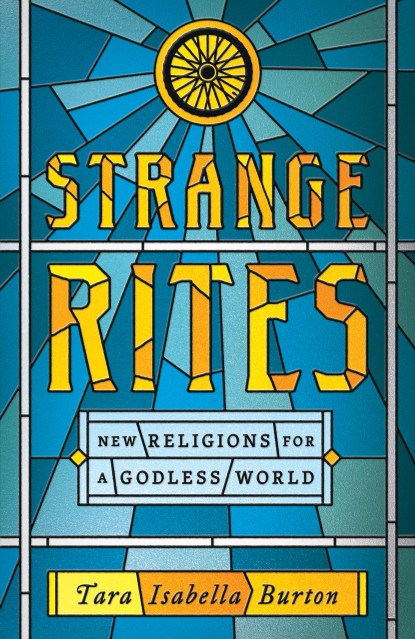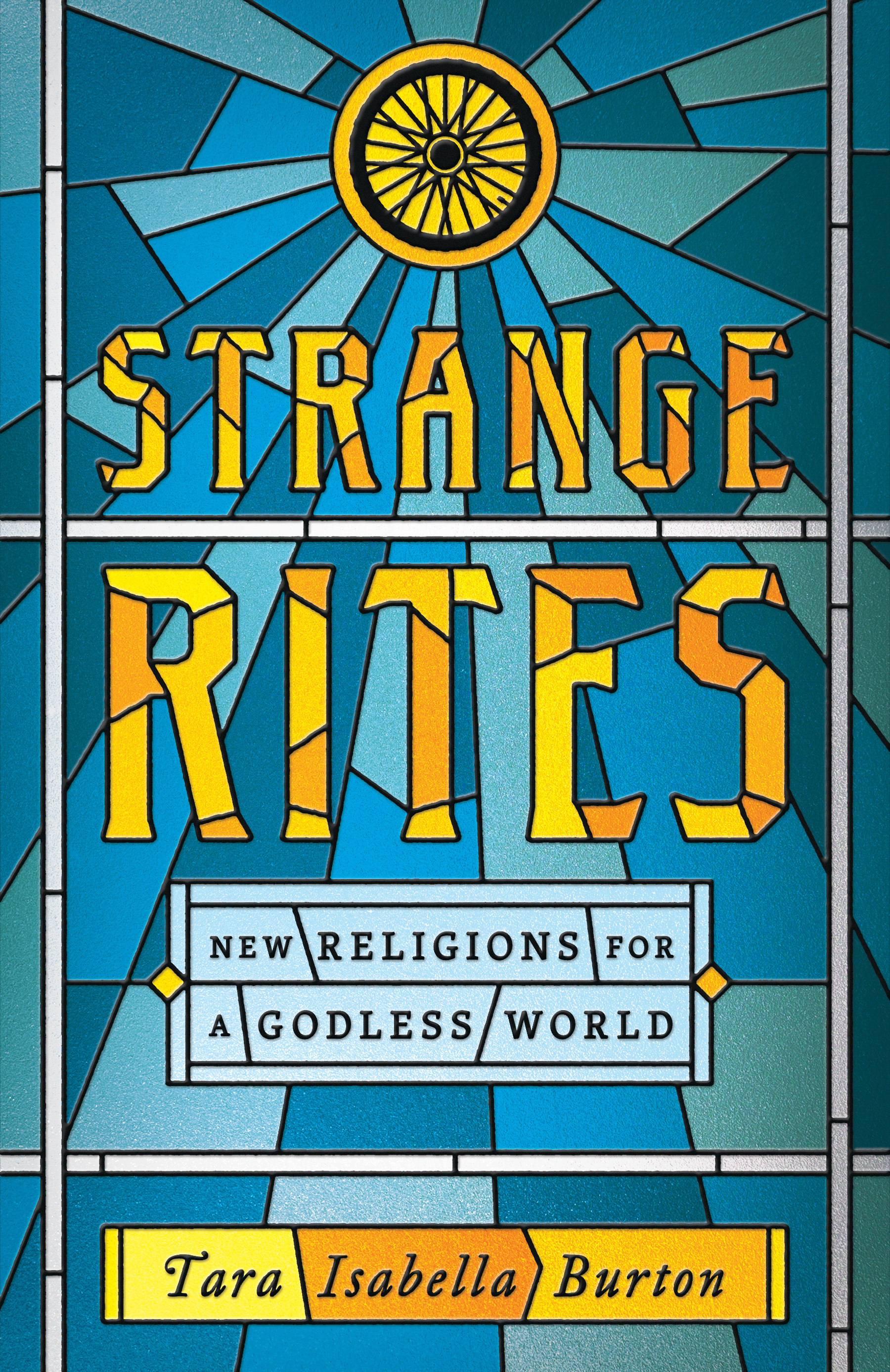Promotion
Use code BEST25 for 25% off storewide. Make sure to order by 11:59am, 12/12 for holiday delivery!
By clicking “Accept,” you agree to the use of cookies and similar technologies on your device as set forth in our Cookie Policy and our Privacy Policy. Please note that certain cookies are essential for this website to function properly and do not require user consent to be deployed.
Strange Rites
New Religions for a Godless World
Formats and Prices
- On Sale
- Jun 16, 2020
- Page Count
- 320 pages
- Publisher
- PublicAffairs
- ISBN-13
- 9781541762510
Price
$12.99Price
$15.99 CADFormat
Format:
- ebook $12.99 $15.99 CAD
- Audiobook Download (Unabridged)
- Trade Paperback $19.99 $25.99 CAD
This item is a preorder. Your payment method will be charged immediately, and the product is expected to ship on or around June 16, 2020. This date is subject to change due to shipping delays beyond our control.
Buy from Other Retailers:
-
"A revelatory survey of the increasingly transfigured American spiritual landscape."Publishers Weekly
-
"Burton's writing is challenging, educational, and electric, combining big-picture thinking with deep-dive immersion...Readers will come away with enlightened and altered thinking."Booklist
-
"A bracing tour through the myriad forms of bespoke spiritualism and makeshift quasireligions springing up across America."The Wall Street Journal
-
"An essential work for anyone interested in understanding--or addressing--our rapidly transforming cultural and religious landscape."Christianity Today
-
"Any good historian of religion knows that it's possible for a culture to become less and more religious at the same time--an insight that Tara Isabella Burton uses on an illuminating journey through the many unorthodox forms of faith emerging in post-religious America. With a novelist's knack for storytelling, Burton shows in scintillating detail how the unquenchable longing for connection and transcendence is merging with carnal desires and the capitalist marketplace to produce new sacred spaces and experiences of enchantment. Read Strange Rites. It's a revelation."Damon Linker, Senior Correspondent at TheWeek
-
"A lesser writer and a colder intellect would have been content simply to mock the video-gaming, Soul-Cycling communicants of our "Remixed" Great Awakening. Yet in Strange Rites, Tara Isabella Burton grasps that strangeness entails ecstatic power as well as oddity, and that even folly in search of transcendent meaning merits empathy, not apathy--the difference between a merely lively read and a profound one."Giselle Donnelley, Research fellow at the American Enterprise Institute for Public Policy Research
-
"Rigorously researched and reported with scholarly curiosity and an eye on the zeitgeist, Tara Isabella Burton's Strange Rites takes a hard look at what's replacing traditional religious practice in American culture today and finds that the thirst for community and belonging has not gone away. As the discovers, today's religiously remixed subcultures could indeed be tomorrow's new religions. Her book is an adventure story through the new American religious landscapes."Kaya Oakes, UC Berkeley, author of The Nones Are Alright
-
"With Strange Rites, Tara Isabella Burton establishes herself as her generation's foremost chronicler of American religious life. Her intelligence, her immersive reporting, and her vivid prose style illuminate with particular intensity the radical religious changes transforming post-Christian America. The religious center has not held; Burton is an essential guide to the mere spiritual anarchy now loosed upon the Western world. Strange Rites will doubtless be one of the most important books of the year."Rod Dreher, author of The Benedict Option
-
"Tara Burton is a brilliant observer of contemporary life, and in Strange Rites she explores the way that religious impulses have been transmuted into new passions, from self-care and wellness to social justice to bronze age bodybuilding in our online age."Frank Fukuyama, author of The End of History and The Last Man
-
“[A] snapshot of US culture in its latest ‘religious’ guises…Burton’s deftly written account of ‘remixed religion is persuasive and entertainingly argued. What makes it such a satisfying read is the way she places seemingly disparate fads and worldviews into a wider context of religious anthropology and the unfolding American story…anyone with a concern for the world in which we live – and would like to live – should read this book.”Anaphora
Newsletter Signup
By clicking ‘Sign Up,’ I acknowledge that I have read and agree to Hachette Book Group’s Privacy Policy and Terms of Use






